The kiwi is a small, round bird that can’t fly and mostly comes out at night. It’s covered in soft, hair-like feathers and has a long, thin beak. Even though it’s not very big, the kiwi is one of the most special birds in the world, and a proud symbol of New Zealand.
Scientific Classification
-
Kingdom: Animalia
-
Phylum: Chordata
-
Class: Aves
-
Order: Apterygiformes
-
Family: Apterygidae
-
Genus: Apteryx
Common Names
-
Kiwi
-
Kiwi bird
-
Night bird of New Zealand
-
“Little digger” (due to how it searches for food)
Geographic Distribution
Kiwis are only found in New Zealand, they live in:
-
Forests
-
Bushlands
-
Wetlands
-
Sometimes on protected islands or reserves
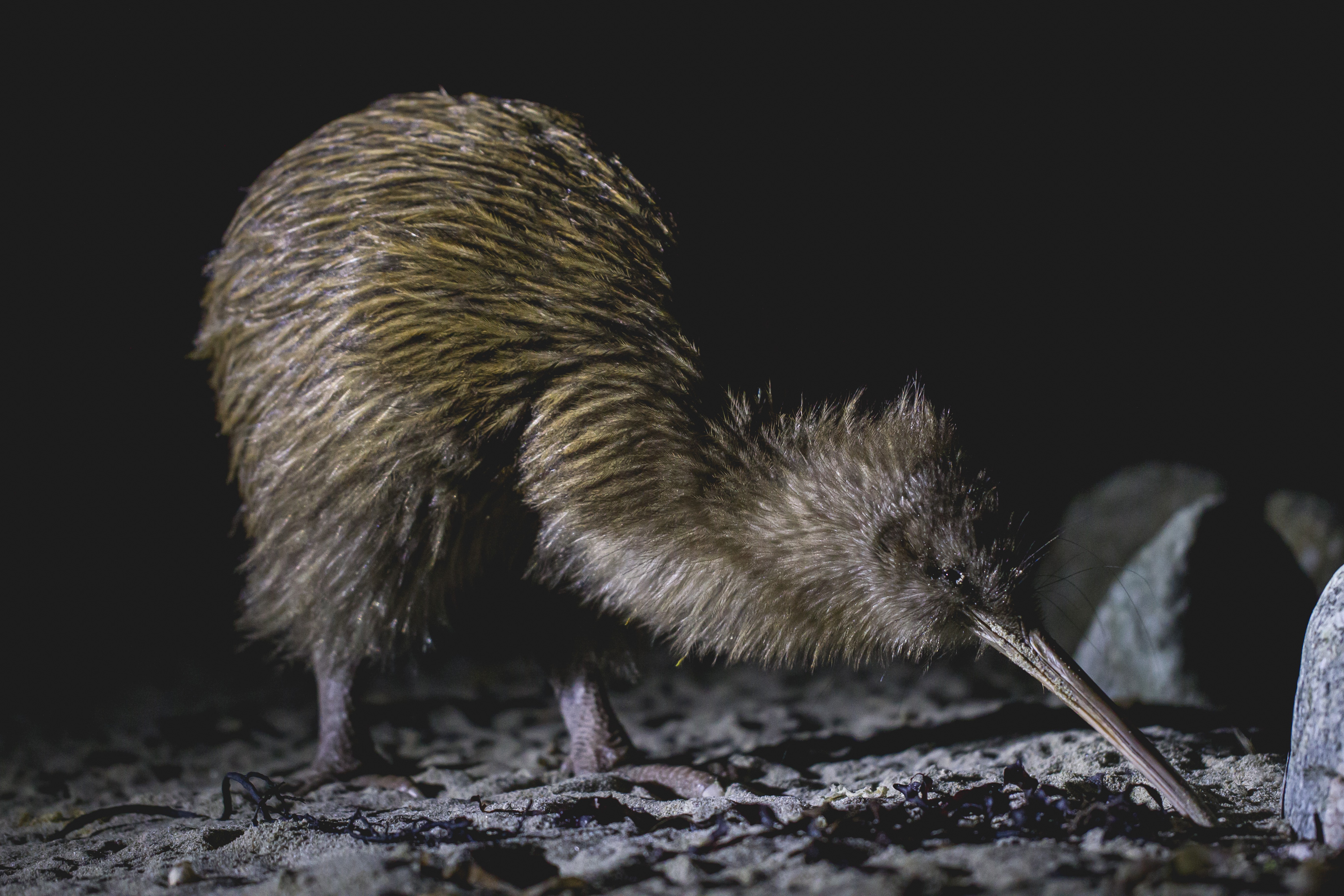
Physical Characteristics
-
Height: 25–45 cm (10–18 inches)
-
Weight: 1–3.5 kg depending on species
-
Wings: Tiny and hidden under feathers (useless for flying)
-
Feathers: Soft and fluffy, like fur
-
Beak: Long, thin, and curved, with nostrils at the tip
-
Eyesight: Poor, but they have a great sense of smell and hearing
Types of Kiwi
There are five main species of kiwi:
1. North Island Brown Kiwi
 Image showing brown kiwi birds walking on forest floor (Source: New Zealand Geographic)
Image showing brown kiwi birds walking on forest floor (Source: New Zealand Geographic)
-
Most common type
-
Found in North Island forests
-
Feathers are brown and shaggy
2. Great Spotted Kiwi
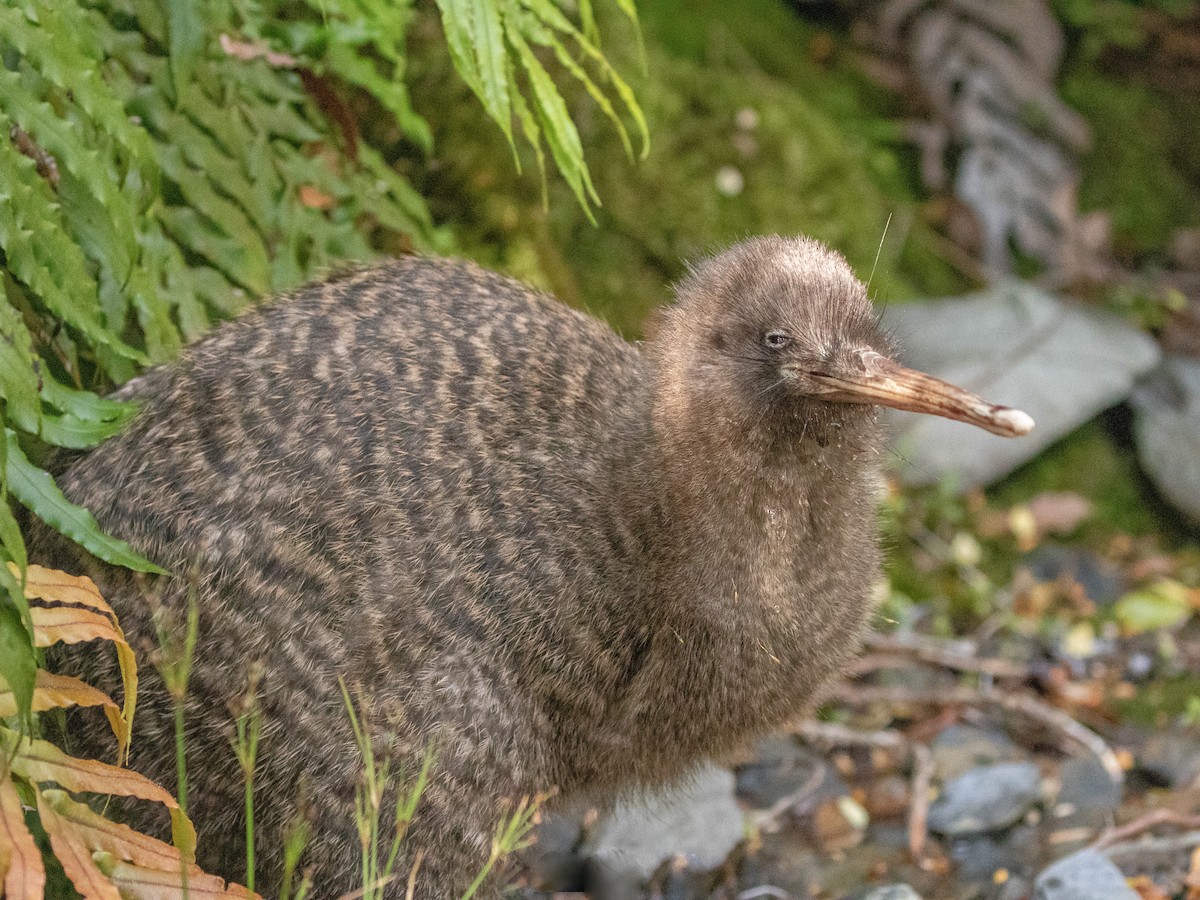
-
Larger and tougher
-
Lives in mountain and rocky areas
-
More aggressive when defending itself
3. Little Spotted Kiwi
Image showing smallest kiwi, soft grey feathers (Source: Wikipedia)
-
Smallest kiwi species
-
Now only found on predator-free islands
-
Very shy and quiet
4. Rowi
 Image showing greyish-white kiwi with long beak (Source: The Guardian)
Image showing greyish-white kiwi with long beak (Source: The Guardian)
-
Rare and endangered
-
Lives only in one part of South Island
-
Protected by special breeding programs
5. Tokoeka
 Image showing southern forest kiwi near bushes (Source: Pinterest)
Image showing southern forest kiwi near bushes (Source: Pinterest)
-
Comes in different types (Haast, Fiordland, etc.)
-
Active both day and night
-
Lives in rugged forest areas
Behavior & Diet
Kiwis are nocturnal, meaning they come out at night. They use their long beaks to dig in the ground for food.
What they eat:
-
Worms
-
Insects
-
Small bugs
-
Fruits and seeds
-
Sometimes small lizards
They make snuffling sounds while walking, sniffing out food underground.
Reproduction & Baby Kiwis
-
Kiwi eggs are very large, about 20% of the mother’s body size
-
Usually lays one egg at a time
-
The male often sits on the egg until it hatches
-
The chick hatches fully feathered and can walk in a few days
-
The baby kiwi grows up mostly on its own, very independent.
Fun facts about Kiwis
-
Kiwis are more closely related to elephants than chickens (strange but true)
-
They have nostrils at the tip of their beak, which is rare for birds
-
A kiwi’s egg is one of the biggest in the bird world compared to its body size
-
Kiwis are the national bird of New Zealand
-
People from New Zealand proudly call themselves “Kiwis”
Importance to Humans
Positive Roles:
-
Loved as a national symbol
-
Attracts tourists and wildlife supporters
-
Helps teach people about endangered species
-
Protected and studied by scientists
Challenges:
-
Very vulnerable to dogs, cats, and other predators
-
Losing homes due to forest clearing
-
Low population in the wild
Health & common issues
Common problems in Kiwis (especially in captivity or rescue):
-
Stress from loud noise or rough handling
-
Injuries from predators or fences
-
Diseases from dirty environments
-
Weakness from poor diet (need insects and natural food)
Veterinary tips:
-
Keep in quiet, low-light areas
-
Provide soft ground and insects to dig for
-
Monitor weight, beak health, and feather condition
-
Handle gently and with care
Conservation Status
Most kiwi species are endangered or vulnerable. Their numbers have dropped due to:
-
Predators like dogs, cats, and stoats
-
Loss of habitat (cutting down forests)
-
Low birth rate and slow growth
But thanks to rescue programs, protected areas, and conservation breeding, some kiwi populations are slowly rising.
Kiwi vs Chicken
| Feature | Kiwi | Chicken |
|---|---|---|
| Size | Small, round, flightless | Medium-sized, can flutter or fly short distances |
| Beak | Long and sensitive with nostrils | Short and hard |
| Feathers | Hair-like and soft | Flat and smooth |
| Eggs | Huge compared to body size | Medium-sized, laid regularly |
| Habitat | Forest and bush | Farms and backyards |
 Image showing a Kiwi bird sniffing the ground (Source: iStock)
Image showing a Kiwi bird sniffing the ground (Source: iStock)
If you want to learn more about rare birds or how to help endangered species, you can visit Doctor Hulk Veterinary Hospital, or call 08143397614.








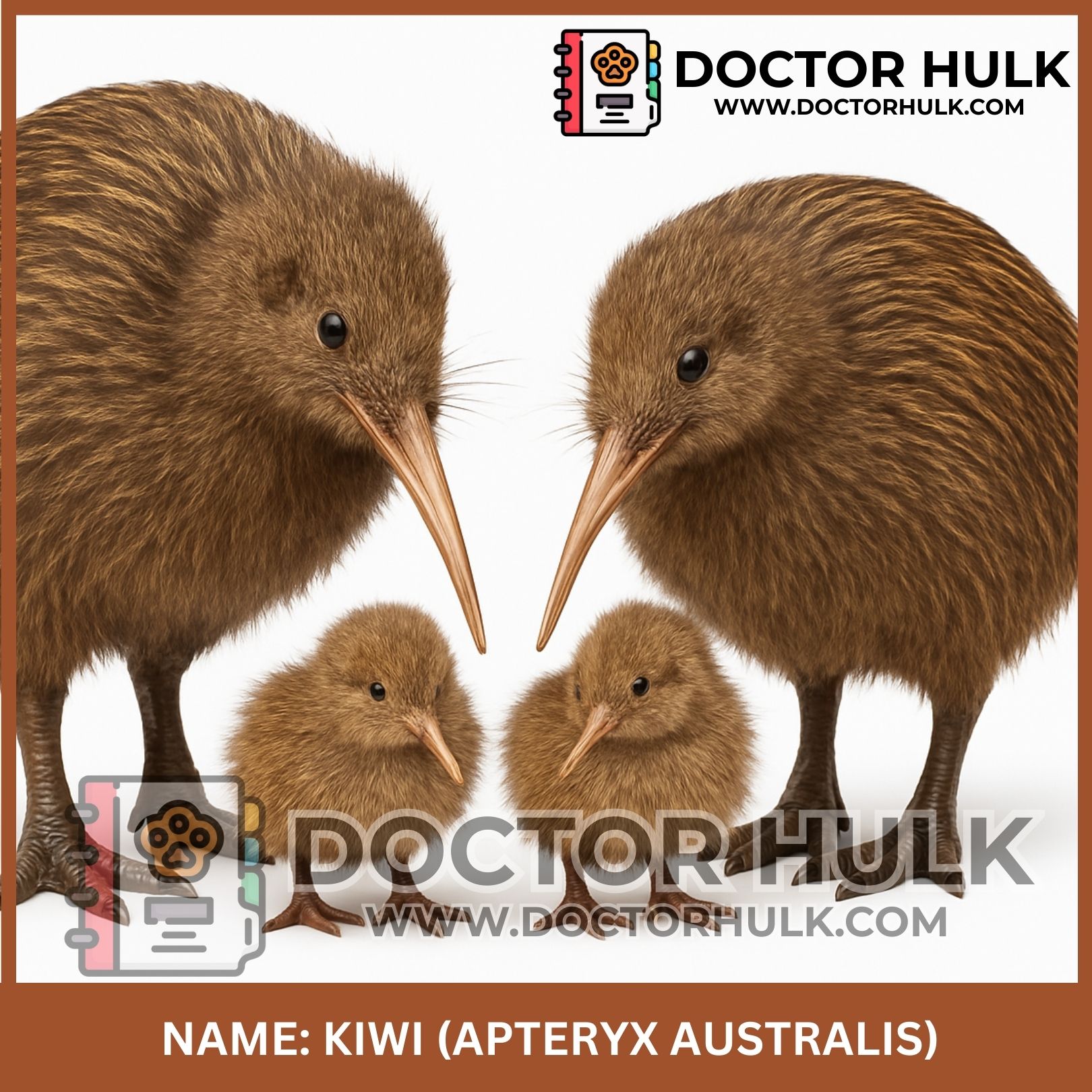
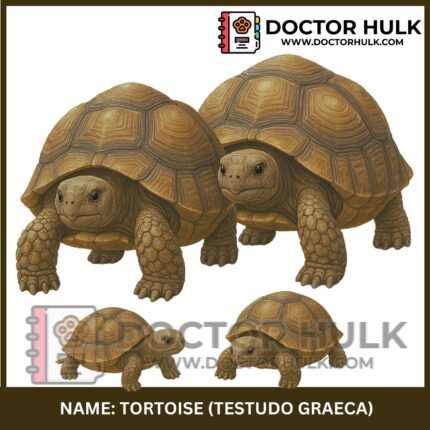



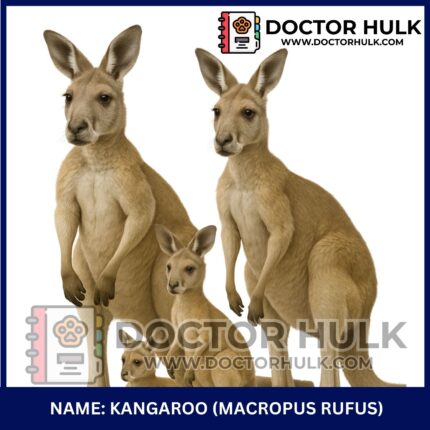
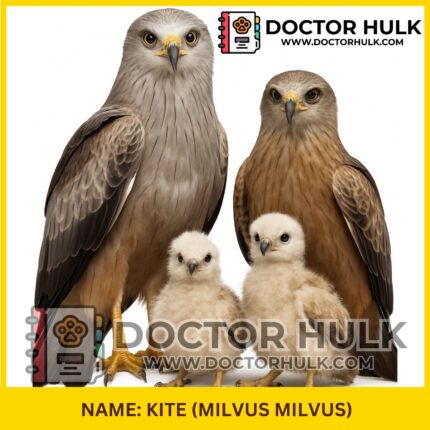



Reviews
There are no reviews yet.